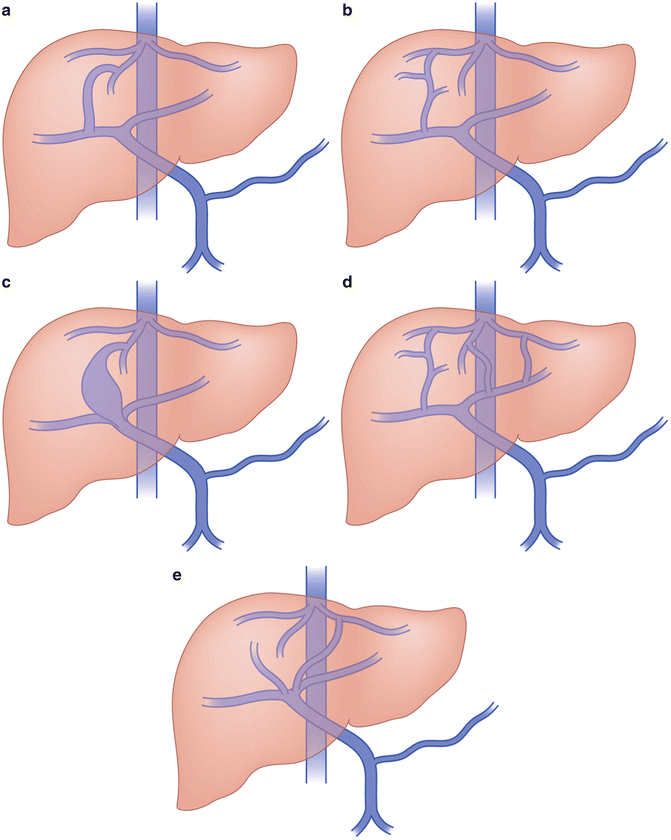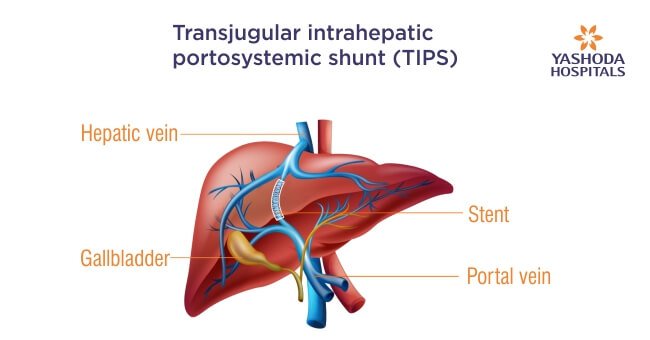Portosystemic Shunt | The stent forms a channel, or shunt, that bypasses the liver. Extrahepatic portosystemic shunt, shunt, intrahepatic portosystemic shunt, pss, ehpss, ihpss, congenital portosystemic shunt, liver shunt. Meaning of portosystemic shunt medical term. Congenital portosystemic shunts were definitively diagnosed in 62 dogs over a period of 15 years. Individuals who have this procedure include those with.
Find details on congenital portosystemic shunt (cpss) in dogs including diagnosis and symptoms, pathogenesis, prevention, treatment, prognosis and more. Less commonly, portosystemic shunts are created surgically. Maltese and australian cattle dogs were significantly overrepresented, accounting for 14 and 13. Portosystemic shunt (pss) is an abnormal vessel that shunts portal blood from the splanchnic circulation to flow directly to the systemic circulation by passing the liver. Transjugular intrahepatic portosystemic shunt procedure (tips) involves accessing the internal jugular vein and ivc to place a stent between the hepatic and portal veins using a needle.

Quality improvement guidelines for transjugular intrahepatic portosystemic shunts. Portosystemic shunts karen m tobias, dvm, ms, diplomate acvs. Transjugular intrahepatic portosystemic shunt (tips or tipss) is an artificial channel within the liver that establishes communication between the inflow portal vein and the outflow hepatic vein. (see transjugular intrahepatic portosystemic shunts: This channel reduces pressure in the portal. Meaning of portosystemic shunt medical term. A portosystemic shunt (pss) is an abnormal vessel that allows blood from the animal's intestine to if a shunt is present, the liver is deprived of factors that enhance liver development and fails to reach. It is used to treat portal hypertension (which is often due to liver cirrhosis). A puppy in the womb derives nutrition from the mother's blood via the placenta. A transjugular intrahepatic portosystemic shunt (tips) procedure can help treat portal vein hypertension and other complications of advanced liver disease. Pathophysiology of pss portosystemic shunts. What does portosystemic shunt mean? Portosystemic shunts (pss) are anomalous vascular connections between the portal and systemic venous systems.
Shunt procedures are usually successful in stopping the bleeding but pose certain risks, particularly hepatic encephalopathy. A portosystemic shunt (pss) is an abnormal vessel that allows blood from the animal's intestine to if a shunt is present, the liver is deprived of factors that enhance liver development and fails to reach. A transjugular intrahepatic portosystemic shunt (tips) procedure can help treat portal vein hypertension and other complications of advanced liver disease. Individuals who have this procedure include those with. 1 identifying the signs of a portosystemic shunt.
Looking for online definition of portosystemic shunt in the medical dictionary? (see transjugular intrahepatic portosystemic shunts: 52 congenital extrahepatic portosystemic shunt (ceps) occurs when the blood vessels that go to the liver do not form correctly during fetal development. A puppy in the womb derives nutrition from the mother's blood via the placenta. Postprocedure care and complications.) the clinical manifestations and diagnosis of portal hypertension in adults are discussed separately. Transjugular intrahepatic portosystemic shunt or tips is a procedure that uses imaging guidance to connect the portal vein to the hepatic vein in the liver. Portocaval shunt — patent ductus venosus — portosystemic vascular anomalies. It is used to treat portal hypertension (which is often due to liver cirrhosis). Congenital portosystemic shunts are rare, extrahepatic or intrahepatic, anatomical abnormalities shunting blood from the portal venous system to the systemic venous system and, thus. Professor, small animal surgery university of tennessee, knoxville tn. Portosystemic shunts karen m tobias, dvm, ms, diplomate acvs. Meaning of portosystemic shunt medical term. Find details on congenital portosystemic shunt (cpss) in dogs including diagnosis and symptoms, pathogenesis, prevention, treatment, prognosis and more.
It is used to treat portal hypertension (which is often due to liver cirrhosis). Transjugular intrahepatic portosystemic shunt (tips or tipss) is an artificial channel within the liver that establishes communication between the inflow portal vein and the outflow hepatic vein. A transjugular intrahepatic portosystemic shunt (tips) procedure can help treat portal vein hypertension and other complications of advanced liver disease. Extrahepatic portosystemic shunt, shunt, intrahepatic portosystemic shunt, pss, ehpss, ihpss, congenital portosystemic shunt, liver shunt. Learn about the veterinary topic of acquired portosystemic shunts in small animals.

(see transjugular intrahepatic portosystemic shunts: A puppy in the womb derives nutrition from the mother's blood via the placenta. A rare congenital the effect of neuraxial morphine on postoperative #pain in dogs after extrahepatic #portosystemic_shunt attenuation. Congenital portosystemic shunts are rare, extrahepatic or intrahepatic, anatomical abnormalities shunting blood from the portal venous system to the systemic venous system and, thus. Meaning of portosystemic shunt medical term. Pathophysiology of pss portosystemic shunts. A transjugular intrahepatic portosystemic shunt (tips) procedure can help treat portal vein hypertension and other complications of advanced liver disease. This video is part of a lecture on clinical anatomy of the abdomen. It is used to treat portal hypertension (which is often due to liver cirrhosis). Find specific details on this topic and related topics from the merck vet manual. A tips is placed to reduce portal pressure in. 52 congenital extrahepatic portosystemic shunt (ceps) occurs when the blood vessels that go to the liver do not form correctly during fetal development. Transjugular intrahepatic portosystemic shunt or tips is a procedure that uses imaging guidance to connect the portal vein to the hepatic vein in the liver.
A tips is placed to reduce portal pressure in portos. A transjugular intrahepatic portosystemic shunt (tips) is a percutaneously created connection within the liver between the portal and systemic circulations.
Portosystemic Shunt: Individuals who have this procedure include those with.
Source: Portosystemic Shunt
Post a Comment